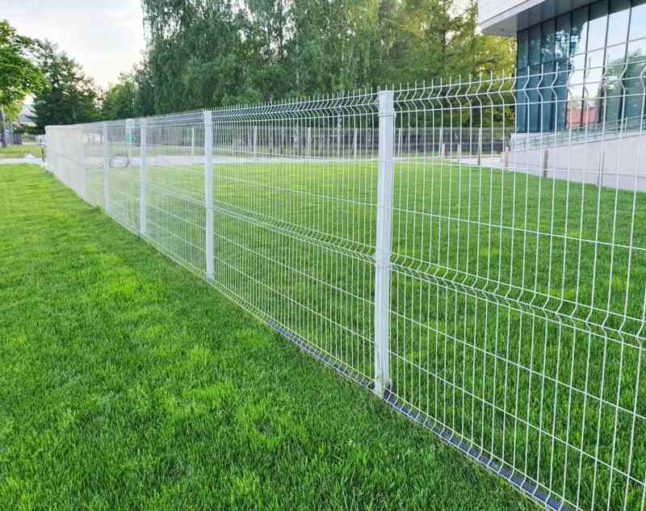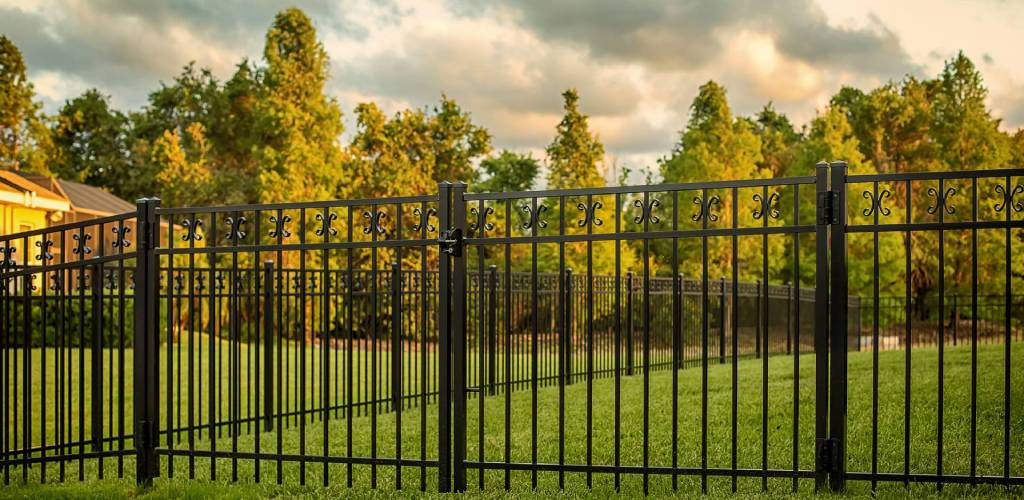All Categories
Featured

Wood fencings are a preferred choice for home owners due to their all-natural charm and flexibility. To keep your fencing looking wonderful and working well, normal maintenance is crucial. One of the most vital tasks in fencing maintenance is choosing just how commonly to tarnish the wood or repaint. The ideal upkeep timetable can aid safeguard your fence from the aspects, avoid damages, and prolong its life-span. When it's time to paint or tarnish your wooden fencing., here's an overview to assist you figure out.
Variables Influencing Painting or Tarnishing Regularity. A number of essential variables figure out just how usually you ought to repaint or stain your wooden fence. These consist of the type of timber, the climate in your area, and the level of exposure your fencing needs to the components.
- Climate and Climate Conditions. The climate where you live plays a considerable function in how quickly your fencing will put on down. Extreme climate condition such as intense sun, heavy rain, or freezing temperatures can speed up the degeneration process.
Sunny Climates: In locations with great deals of sunshine, UV rays can cause the wood to dry out, discolor, and fracture. Consequently, you might require to paint or restain your fencing every 2 to 3 years to stop damages. Rainy or Humid Locations: In position where rainfall and humidity are frequent, wood fencings soak up wetness, which can cause bending, decaying, or mold development. Normal discoloration is required in these regions, commonly every 1 to 2 years. Cold Climates: Freezing temperatures and snow can tarnish or trigger the paint to peel. If your location experiences chilly wintertimes, you may need to freshen the finish every 3 to 5 years to maintain your fencing in great condition. 2. Kind of Timber. The wood species utilized for your fencing will also determine the frequency of paint or staining. Woods often tend to be extra long lasting than softwoods, and each kind of timber responds differently to paint or discolor.
Cedar and Redwood: These timbers are naturally resistant to rot and insects, however they can shed their shade over time due to UV direct exposure. Discoloration or sealing these kinds of timber every 2 to 3 years assists preserve their appearance. Pine and Fir: These softwoods are more prone to dampness damage and need more frequent maintenance. You might need to restain or paint these fencings every 1 to 2 years to maintain them protected from the aspects. Pressure-Treated Wood: While pressure-treated timber is created to resist rot, it still requires to be stained or sealed to avoid wetness absorption. A fresh coat of tarnish or sealer might be required every 2 to 3 years. 3. Stain vs. paint. Whether you paint or discolor your fence can considerably affect the maintenance routine.

Paint: Repaint supplies a solid layer of security that obstructs moisture and UV rays. It can peel off, split, or discolor over time, especially with long term exposure to the aspects. Normally, a repainted fence needs to be painted every 3 to 5 years. Tarnish: Stain soaks right into the wood and supplies an extra all-natural look while still supplying security. Discolored fences have a tendency to show put on quicker than painted ones, as the tarnish can discolor or get rid of. You will likely need to restain your fencing every 2 to 3 years, depending upon the direct exposure to sunlight and rainfall. 4. Noticeable Indications of Put On. While a general maintenance routine is handy, you should also maintain an eye on the condition of your fencing to establish when it's time for a fresh layer of paint or tarnish. Search for these indicators:
Fading or Discoloration: If your fencing has shed its original shade or has ended up being weathered and grey, it's time to reapply a repaint or tarnish to recover its appearance. Fracturing or peeling off: If the paint or discolor begins to split or peel, it's a clear sign that the protective layer is no more doing its work. This can result in water damage, so it is very important to resolve it asap. Water Absorption: Conduct a simple water test by splashing some water onto the surface area of the fencing. The fence is still sealed if the water grains up. It's time to restain or repaint if the water saturates in. 5. Proper Upkeep Techniques. For the ideal results, it is essential to prepare the timber correctly before painting or discoloration. Beginning by cleaning up the fence to get rid of mold and mildew, dust, or mildew. Repair any type of damages, such as fractures or loose boards, to make certain the fence is in excellent problem before applying a fresh coat.

Select a completely dry, light day for paint or discoloring to avoid the surface drying out also promptly or unevenly. Constantly use paint or stain according to the supplier's instructions, and permit sufficient drying time in between layers.
Conclusion. In basic, wood fences should be painted or stained every 2 to 3 years, depending on the environment, type of wood, and direct exposure to the elements. Whether you pick to discolor or paint, routine maintenance will protect your fencing from the weather condition and maintain it looking attractive for years to come.
Latest Posts
A Dream Waterfront Wedding at Deauville Inn
Published Apr 19, 25
1 min read
Practical Carpeting Take Care Of Lasting Elegance
Published Apr 19, 25
1 min read
Montclare Auto Repair: Your Local Specialist for Brake & Engine Repairs
Published Apr 19, 25
2 min read